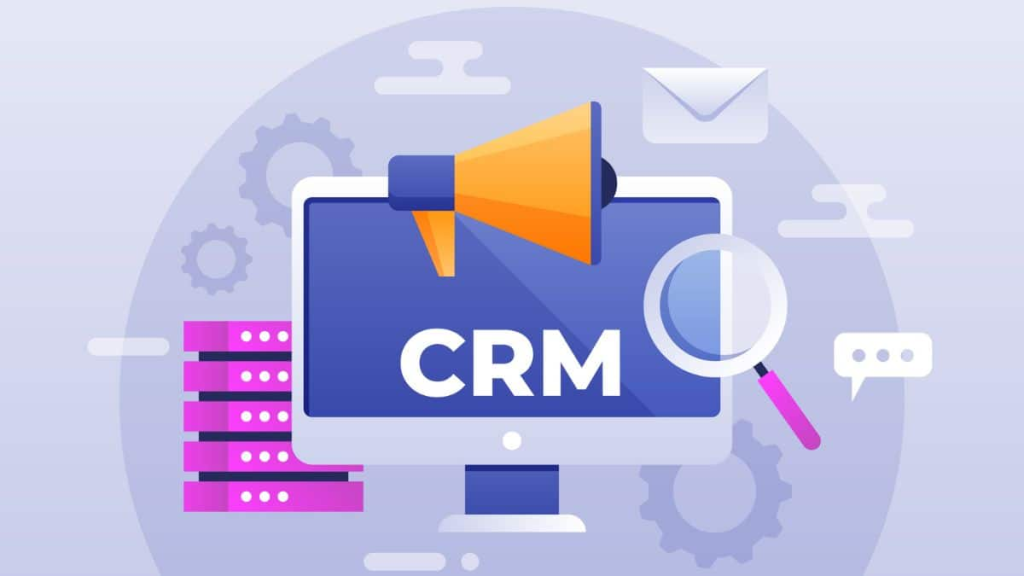In today’s fast-paced business environment, delivering exceptional customer service is paramount to success. One of the most effective strategies for achieving this is through CRM integration with customer service platforms. By seamlessly connecting your Customer Relationship Management (CRM) system with your customer service operations, you can unlock a wealth of benefits, from enhanced agent efficiency to superior customer experiences. This article will guide you through the essential steps and tips for CRM integration with customer service, ensuring a smooth and impactful implementation.

Steps for CRM Integration with Customer Service
Integrating your CRM with customer service software is a multi-stage process that requires careful planning and execution. Here are the key steps to follow for a successful CRM integration with customer service:
Step 1: Define Your Goals and Requirements
Before embarking on any integration project, it’s crucial to clearly define your objectives. What do you hope to achieve by integrating your CRM with customer service? Are you aiming to improve agent productivity, personalize customer interactions, gain a holistic view of customer journeys, or streamline workflows?
Tip: Align your integration goals with your broader business objectives. For example, if your company aims to increase customer retention, your CRM integration should focus on providing agents with the tools and data needed to proactively address customer needs and build stronger relationships.
Step 2: Choose the Right CRM and Integration Tools
Selecting the right CRM system and customer service platform is fundamental. Ensure that both systems are compatible and offer robust integration capabilities. Many leading CRM providers, such as Salesforce, Zendesk Sell, and Copper CRM, offer native integrations or readily available APIs (Application Programming Interfaces) to connect with popular customer service solutions.
Tip: Consider scalability and flexibility when choosing your CRM integration solutions. Your chosen systems should be able to accommodate your organization’s growth and evolving needs. Look for solutions that can handle increasing data volumes and integrate with other applications in the future.
Step 3: Data Migration and Preparation
Data is the lifeblood of CRM and customer service. Before integration, you need to prepare your data for a smooth transition. This involves cleaning and standardizing your customer data within your CRM system. Ensure data accuracy, remove duplicates, and establish consistent data entry protocols.
Tip: Conduct a thorough data audit of your existing customer information. Identify any data quality issues and implement a data cleansing process. This foundational step is critical for ensuring that your integrated system provides reliable and valuable insights.
Step 4: Implement the Integration
The implementation phase involves the actual technical integration of your CRM and customer service platforms. This may involve using pre-built connectors, APIs, or engaging with integration specialists. Depending on the complexity of your systems and the chosen integration method, this step can range from straightforward to more technically demanding.
Tip: Consider a phased approach to implementation. Start with integrating core functionalities and data points first, and then gradually expand the integration to encompass more features and processes. This reduces complexity and allows for thorough testing and adjustments along the way.
Step 5: Testing and Optimization
Once the integration is implemented, rigorous testing is essential. Test all integrated workflows, data synchronization, and functionalities to identify and resolve any issues. Gather feedback from customer service agents who will be using the integrated system to ensure it meets their needs and enhances their workflow.
Tip: Incorporate user acceptance testing (UAT) into your integration process. Allow customer service agents to test the integrated system in a real-world environment and provide feedback. This helps identify usability issues and ensures user adoption.
Step 6: Training and User Adoption
Even the most seamless integration will fall short if your customer service team doesn’t know how to use it effectively. Comprehensive training is crucial to ensure that agents understand the benefits of CRM integration and can leverage the new tools and data to improve customer service delivery.
Tip: Develop tailored training programs for your customer service team. Focus on the specific features and functionalities of the integrated system that are relevant to their roles. Provide ongoing support and resources to reinforce training and address any questions or challenges that arise.

Essential Tips for Successful CRM Integration with Customer Service
Beyond the steps, consider these essential tips for successful CRM integration with customer service:
Tip 1: Focus on Customer Experience
The ultimate goal of CRM integration for customer service is to enhance the customer experience. Use the integrated system to provide personalized and timely responses to customer inquiries. Empower agents with a 360-degree view of the customer, including past interactions, purchase history, and preferences, to deliver more relevant and efficient support.
Benefit: By providing personalized and informed customer service, you can increase customer satisfaction, loyalty, and advocacy.
Tip 2: Automate Tasks and Workflows
CRM integration allows for the automation of repetitive tasks and workflows. For example, you can automatically populate customer data in service tickets, trigger automated follow-up emails, and route inquiries to the appropriate agents based on customer information or issue type.
Benefit: Automation streamlines operations, reduces manual effort, minimizes errors, and frees up agents to focus on more complex and value-added customer interactions.
Tip 3: Ensure Data Security and Privacy
When integrating systems that handle sensitive customer data, data security and privacy are paramount. Ensure that your integration adheres to relevant data protection regulations, such as GDPR or CCPA. Implement robust security measures to protect customer data during transmission and storage.
Benefit: Maintaining data security and privacy builds customer trust and ensures compliance with legal requirements, safeguarding your brand reputation.
Tip 4: Monitor and Measure Performance
After implementing CRM integration, continuously monitor and measure its performance. Track key metrics such as average resolution time, customer satisfaction scores (CSAT), agent productivity, and customer retention rates. Analyze the data to identify areas for improvement and optimization.
Benefit: Performance monitoring provides valuable insights into the effectiveness of your CRM integration. Data-driven analysis allows you to make informed decisions to further enhance your customer service operations and maximize the ROI of your integration efforts.

CRM integration with customer service is a strategic investment that can significantly elevate your customer service capabilities. By following these steps and tips, you can create a unified, data-driven environment that empowers your agents, enhances customer experiences, and drives business success. Embrace CRM integration to unlock the full potential of your customer service and build lasting customer relationships.
You can also read:
Automating Customer Service with AI: Everything You Need to Know



